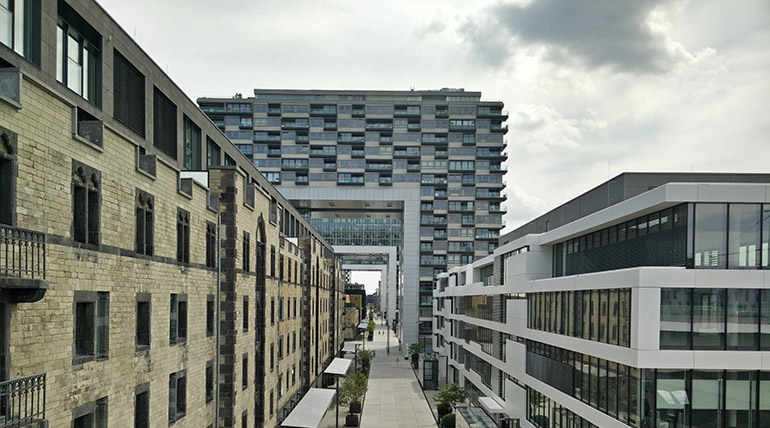When we think of architecture, we often envision towering skyscrapers, grand cathedrals, and sleek modernist homes. These magnificent structures are indeed emblematic of architectural excellence, but they are not the essence of architecture itself. The term “architecture” often conjures images of concrete and steel, yet it is a profound mistake to reduce the art and science of architecture to mere building materials. In this blog, we will explore the idea that architecture is not based on concrete, but rather on creativity, innovation, and the delicate interplay of form, function, and human experience.
The Evolving Definition of Architecture
To truly grasp the essence of architecture, we must first understand its evolution. Architecture has moved beyond the utilitarian task of sheltering and has evolved into a multi-faceted discipline that integrates art, technology, culture, and human psychology. It’s not just about constructing physical spaces; it’s about creating environments that inspire, enhance well-being, and reflect the values of society.

The Role of Creativity
At its core, architecture is a manifestation of human creativity. Architects are artists who paint with bricks, steel, and glass. They dream up structures that not only serve a practical purpose but also resonate with emotions. Think of the flowing lines of Frank Gehry’s Guggenheim Museum in Bilbao, or the breath-taking geometry of the Sydney Opera House by Jørn Utzon. These designs are not constrained by concrete; they are born from the boundless imagination of architects.
The Marriage of Form and Function
One of the fundamental principles in architecture is the marriage of form and function. It’s not enough for a building to be aesthetically pleasing; it must also serve a purpose efficiently. Architect Louis Sullivan coined the phrase “form follows function,” highlighting the idea that a building’s design should be a direct response to its intended use. This principle is a testament to the fact that architecture transcends mere materiality – it’s about creating structures that enhance the human experience, whether it’s a home, a museum, or an office building.
Human-Centric Design
Architectural design is fundamentally human-centric. It’s about understanding and catering to the needs, desires, and emotions of the people who will inhabit the spaces created. Spaces that foster collaboration, creativity, or tranquility are meticulously crafted, not with concrete alone, but with a deep understanding of human psychology, social dynamics, and cultural context.
Sustainability and Innovation
In contemporary architecture, sustainability and innovation have taken center stage. Architects are increasingly using environmentally friendly materials and innovative design strategies to reduce the environmental impact of buildings. This emphasis on sustainable practices goes to show that architecture is not just about bricks and mortar; it’s about shaping a better, more sustainable future.
Conclusion
In the grand tapestry of architecture, concrete is just one thread among many. The essence of architecture lies in creativity, form, function, human experience, and a commitment to innovation and sustainability. It is a discipline that encompasses not only the physical structures but also the intangible emotions and inspirations that these structures evoke. As we continue to build the cities and spaces of the future, let us remember that architecture is not based on concrete; it is based on the boundless human imagination and the quest to shape a more beautiful, functional, and sustainable world.



